Here’s Why The ‘Clean Girl Look’ Is Just An Ironic, Conventionalised Version Of Indian Culture
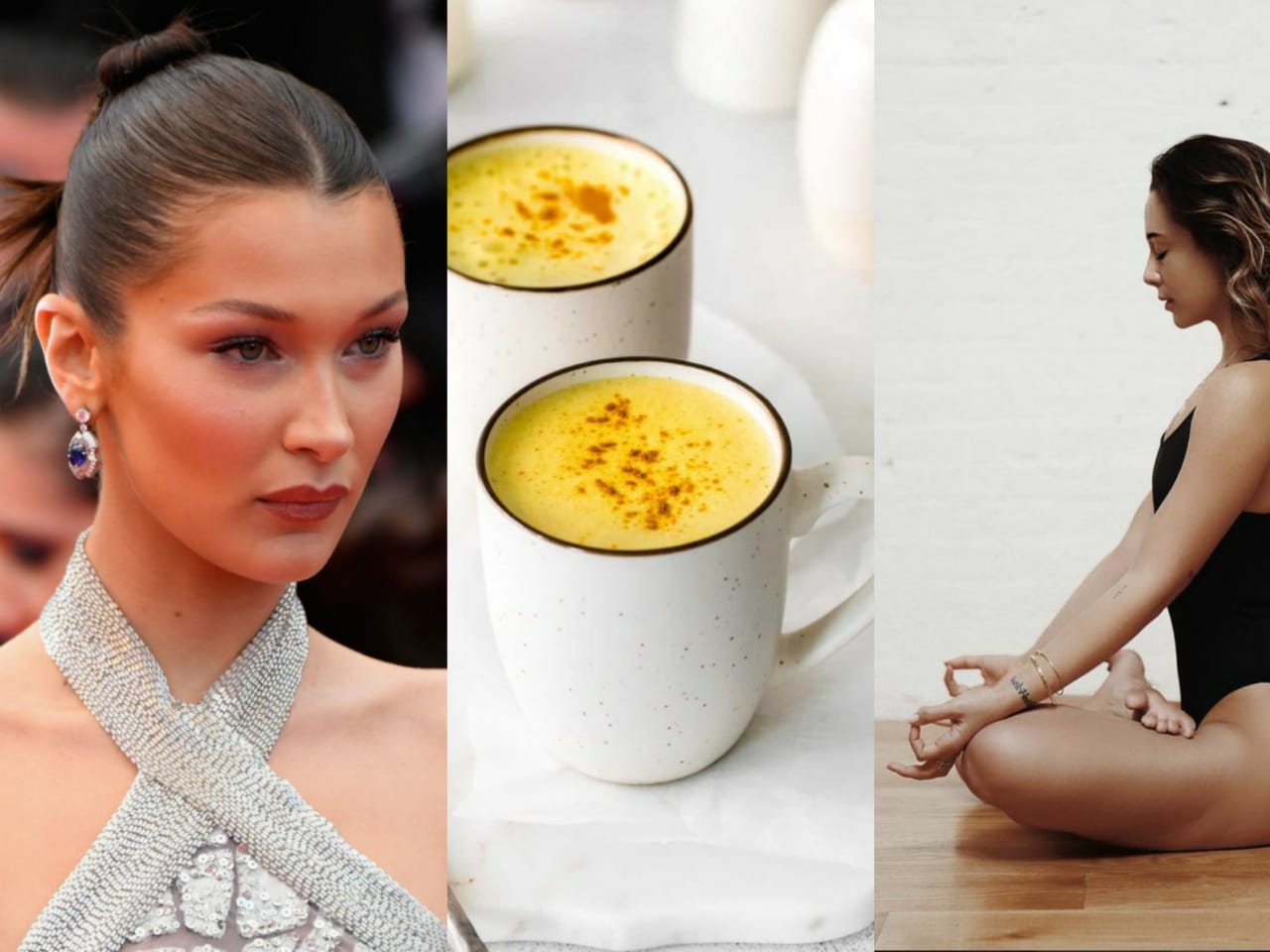 Thirsty for JUICE content? Quench your cravings on our Instagram, TikTok and WhatsApp
Thirsty for JUICE content? Quench your cravings on our Instagram, TikTok and WhatsApp

Oiled, claw-clipped hair, gold jewellery and ‘golden milk’ latte, which is essentially just a yassified version of haldi doodh or turmeric chai are among the main factors behind the new viral ‘clean girl’ aesthetic trending on the likes of TikTok and Instagram.
This look aims to deliver an effortless, classy and minimal vibe about its wearers. Some people have noticed how the trend can be problematic by forcing unrealistic beauty standards and alienating natural skin conditions such as acne, but still, most people are probably genuinely oblivious to the cultural injustice it’s left behind.
But not me, and definitely not the many other desi women out there who were once scorned for donning the appearances and habits of the now-revered clean girl.
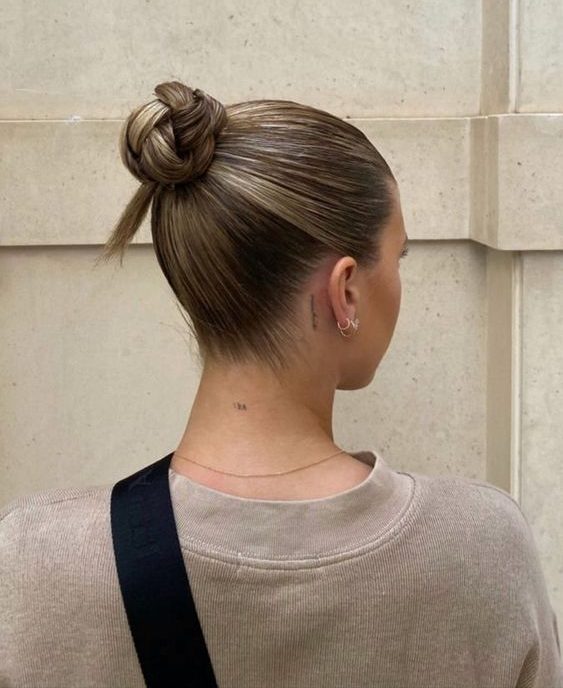
Apparently, this trend also ‘steals’ the heritage of Latina and Black cultures, but as the brown girl who was called “gross” for showing up at school with coconut oil in my hair (lovingly massaged into my scalp by my mother), I’ll tell you my side of the story.
Some say we should be pleased with the newfound inclusivity, while others note that Indians do not own slicked-back hair, yoga and spices. So where do we draw the fine line between cultural appreciation and the purloining of a heritage?
How a simple TikTok trend can be so dismissive
First of all, the clean girl look is celebrated as something completely new, fully original and almost revolutionary; with zero accreditation to the societies and traditions who birthed the entire concept it is based on. Secondly, the craze only applies to fair-skinned, non-POCs.

What, did you really think the world would finally admire racial minorities for their natural features? No, we still live in a world where dark is a synonym for dirty.
Here’s what some people on TikTok have to say, in case you thought I was being dramatic:


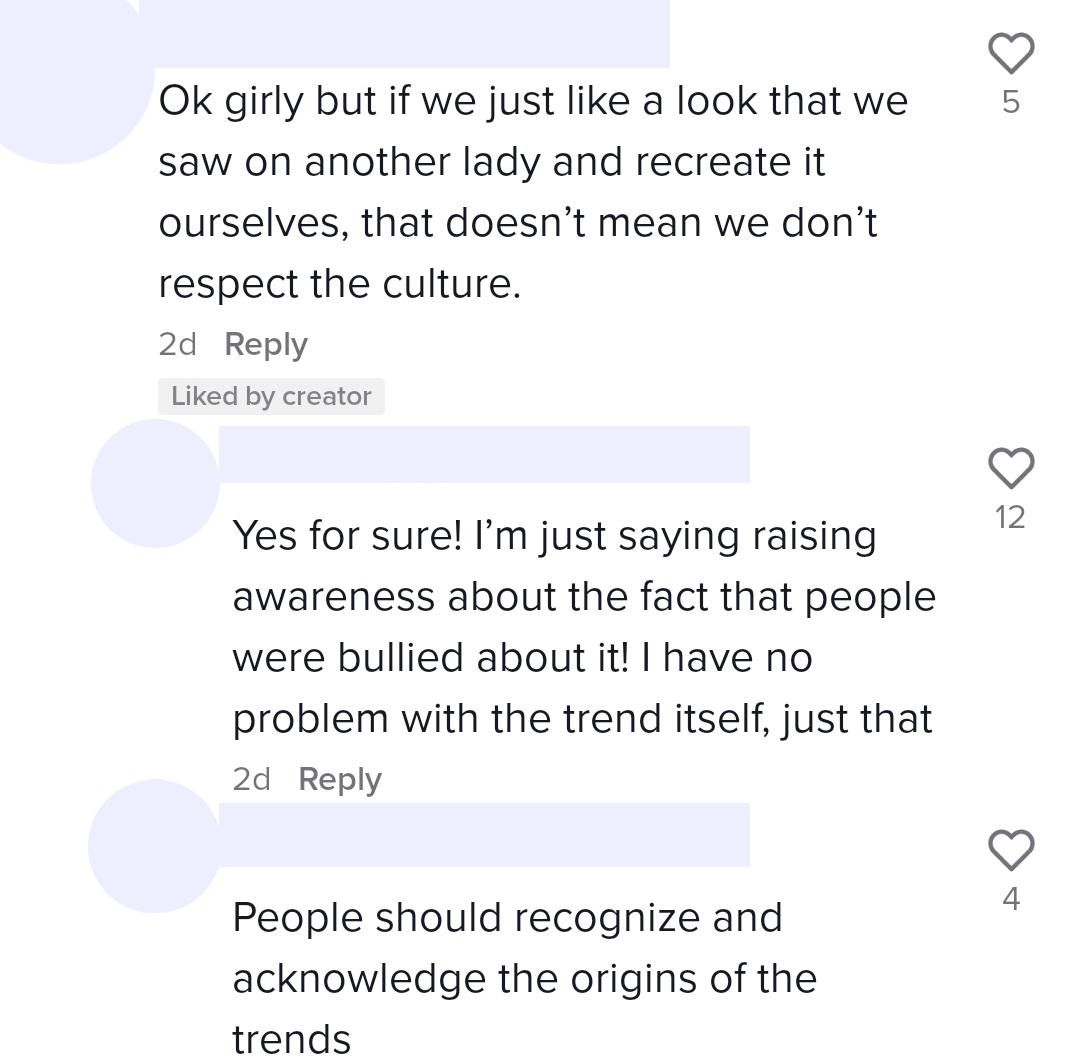
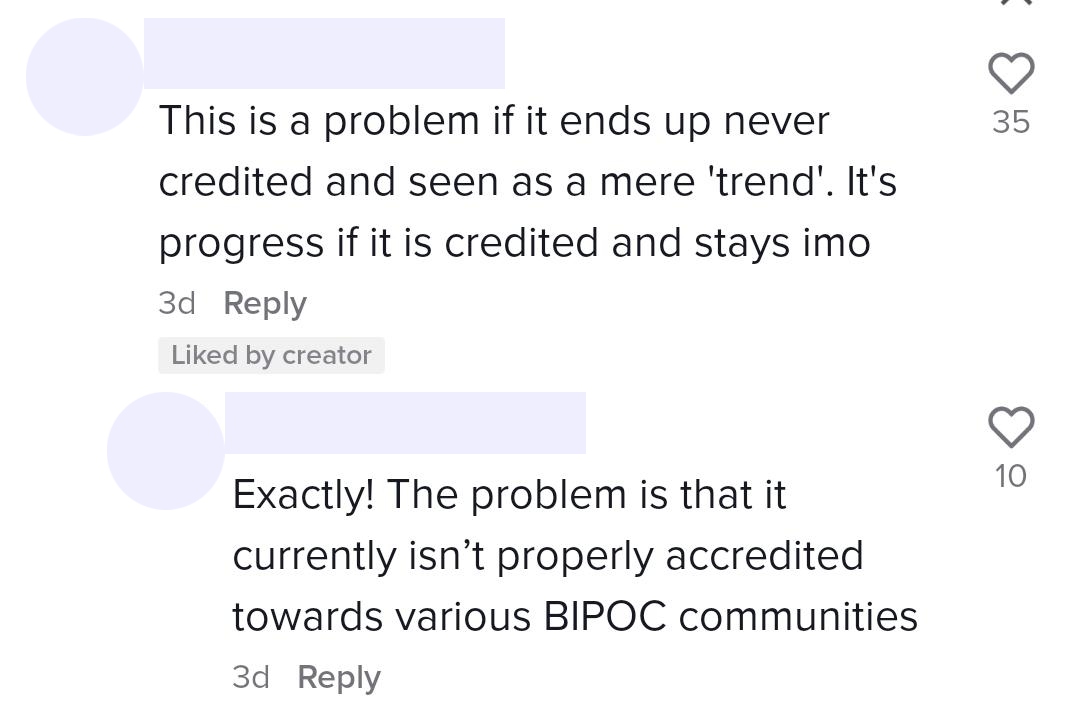
In most instances where we attempt to defend and uphold our traditions, which are constantly used as decorative items, we’re deemed ‘unnecessarily pressed’ snowflakes who make everything about ourselves. Sometimes people say we’re ungrateful because we aren’t focusing on the humble portion of people who respect and genuinely admire Indians for their traditions and contributions to society.
“If people are starting to appreciate your culture, then it could put an end to the bullying you faced, for the new gens to come,” they say.
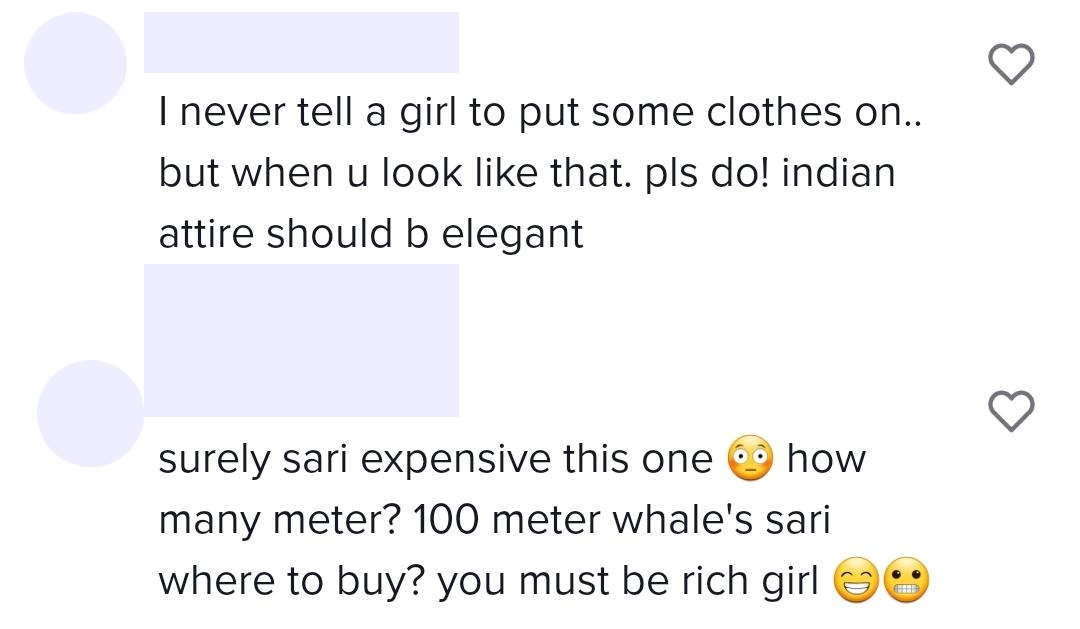
But no. People like Bella Hadid in a greasy bun. They want to see skinny women as yoga instructors with tiny diamond studs adorning their conventional, hook-free noses. The saree must be tied around a slender waist, and God forbid the pallu falls on a broader shoulder.
Still not convinced? Let’s also pass the mic to some local Indians with firsthand experience:
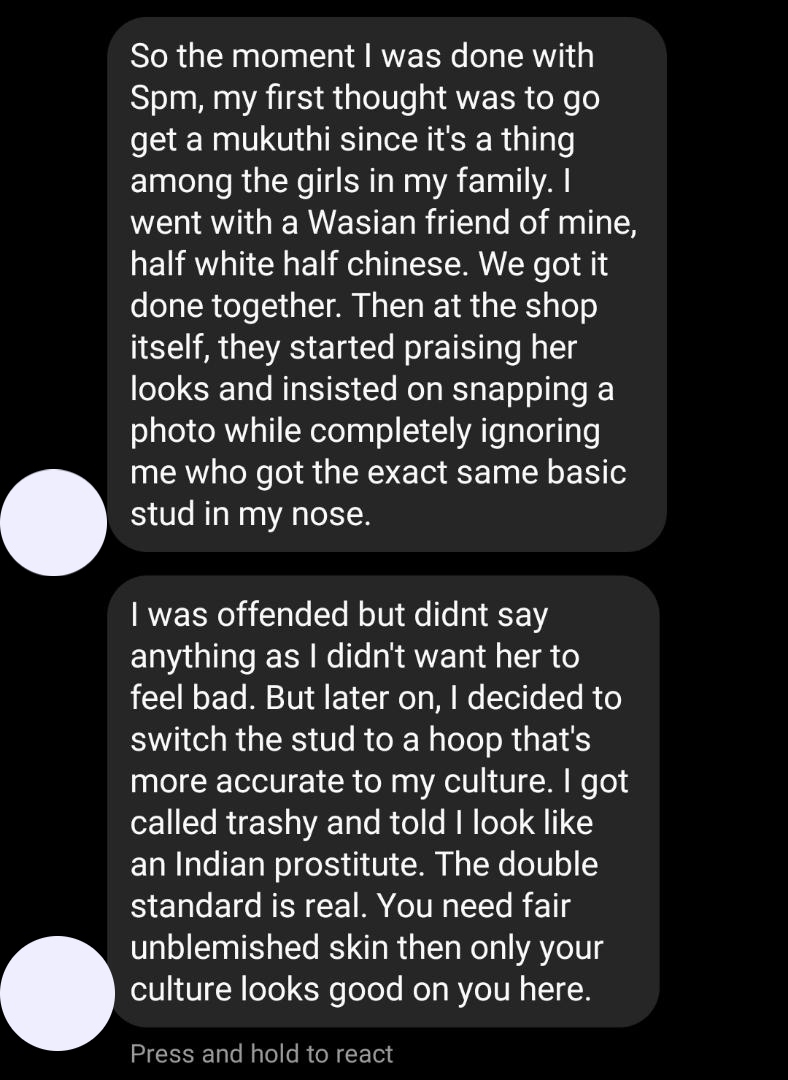
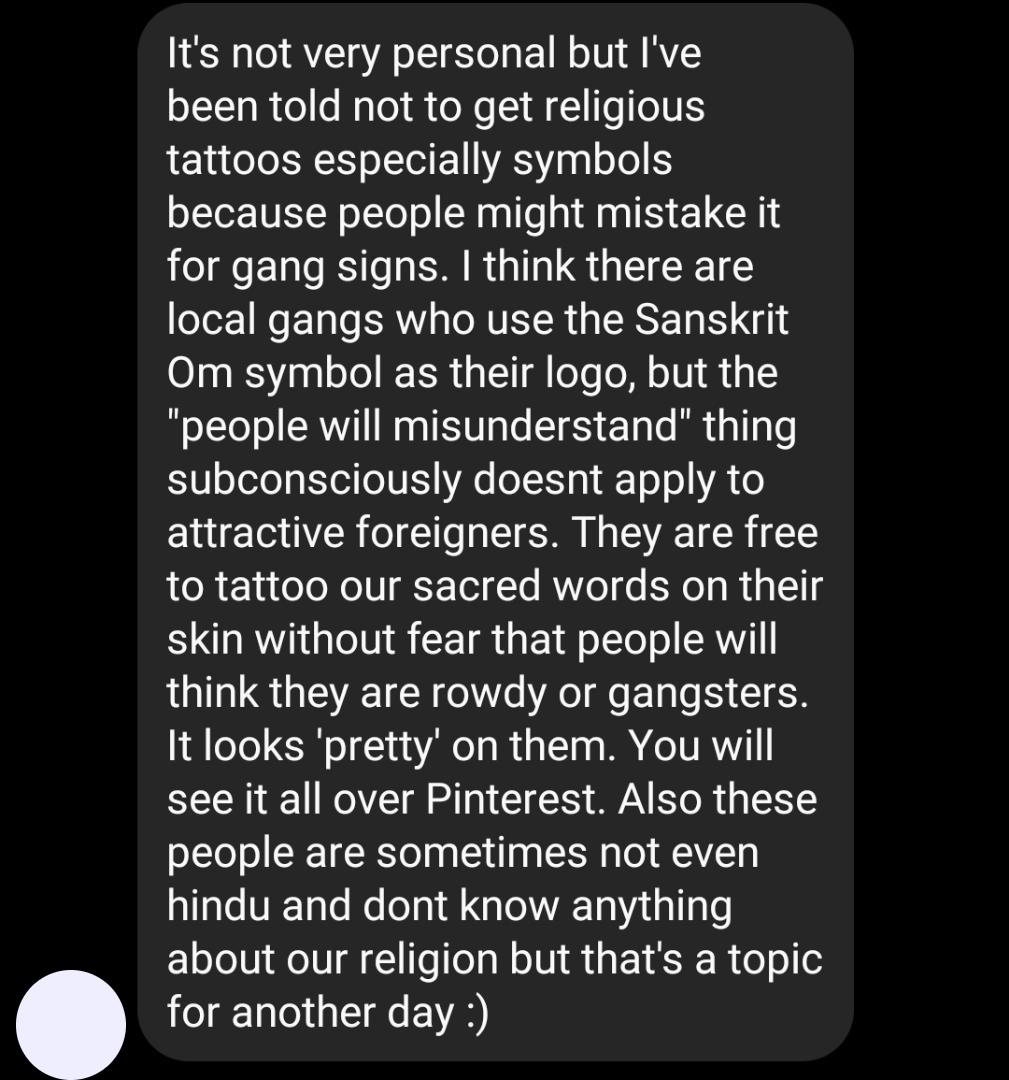
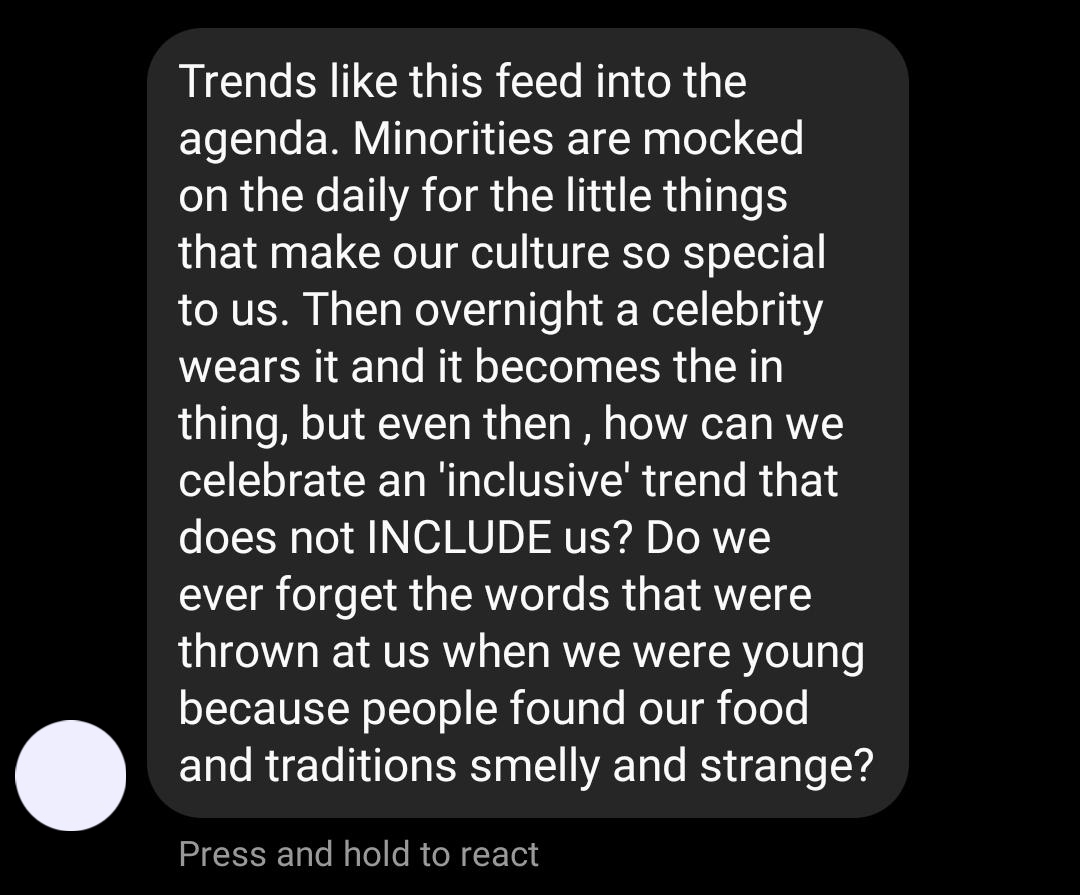


And while we’re at it, can we also please address the horrible, insensitive yet ‘trendy’ bedroom-esque contraption that is Hindu God tapestry?
Why do so many random non-Hindus think it’s a good idea to have an image of Lord Ganesha looming above their heads as they sleep and undress in their personal space?
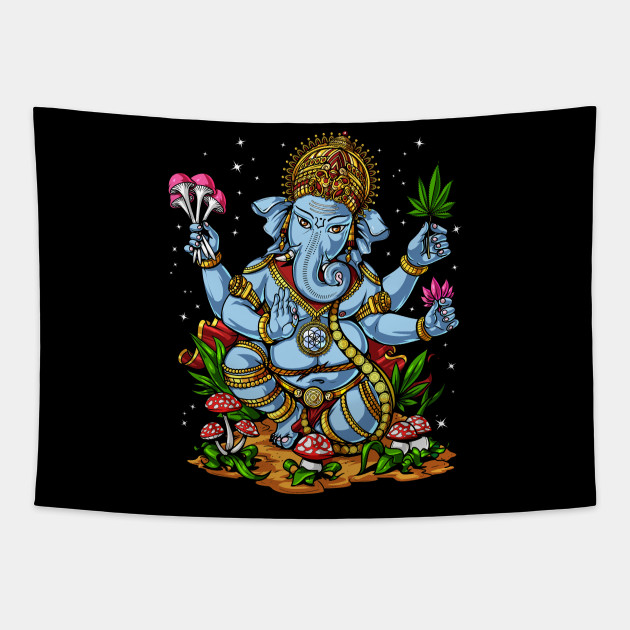
Is this necessary? Do you take the wanking sessions to the bathroom in attempt not to offend our deities and think that’s enough on your part?
What I’m saying is, go ahead. Gel your hair back or drench it in castor oil. Have a nice cold badam kheer before your workout. Wear a punjabi suit to work for fun.
But tomorrow, when you come across a dark-skinned woman on the MRT, try not to inch away from her or pinch your nose out of habit. When you see a plus-sized brown girl performing a TikTok dance on your FYP, don’t troll her in the comments section.
Employ that qualified Indian person applying for a position at your office and allow that Indian family to rent your home. Chances are, we speak English and can afford to pay you on time.

 Get Audio+
Get Audio+ Hot FM
Hot FM Kool 101
Kool 101 Eight FM
Eight FM Fly FM
Fly FM Molek FM
Molek FM

